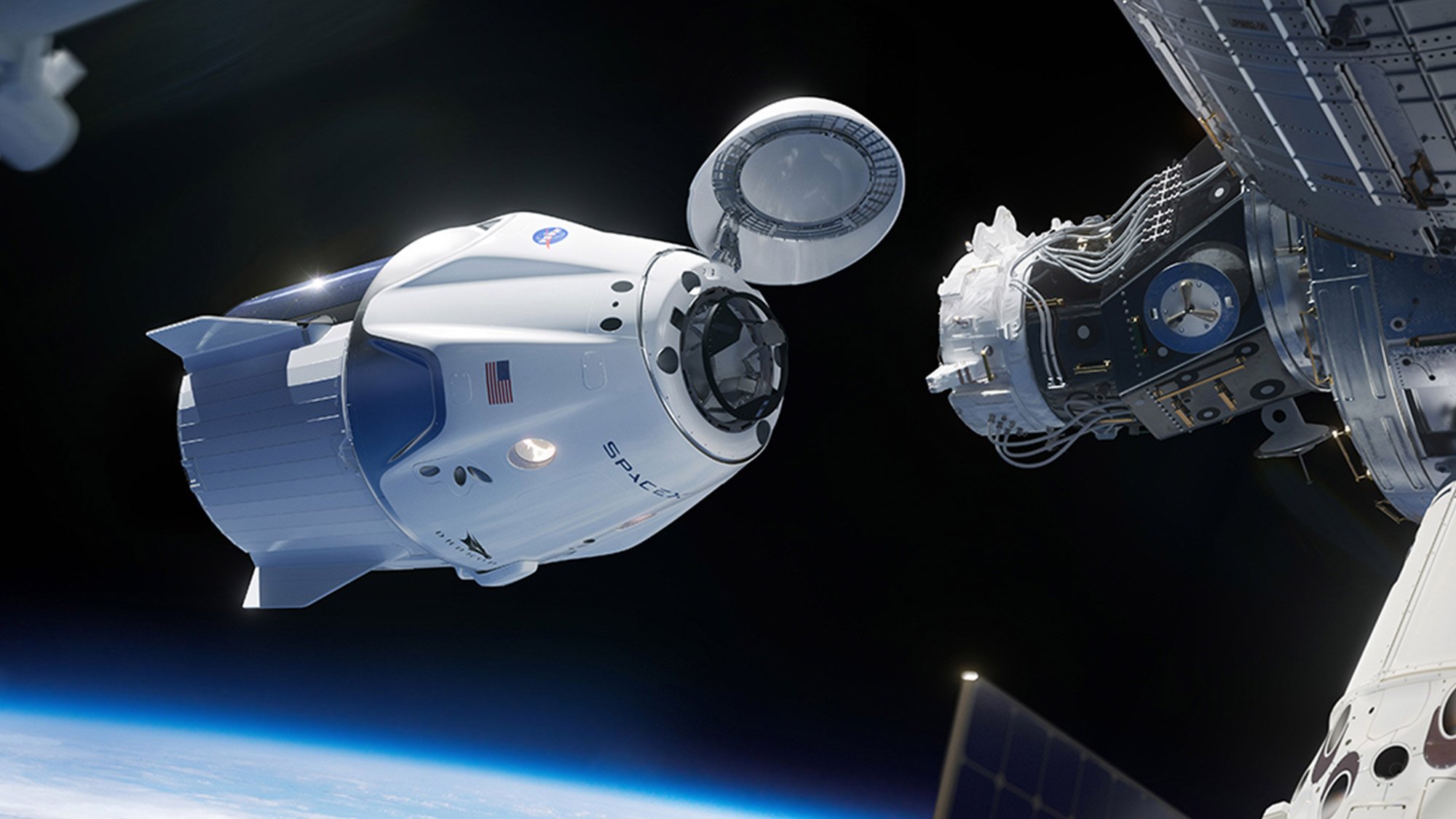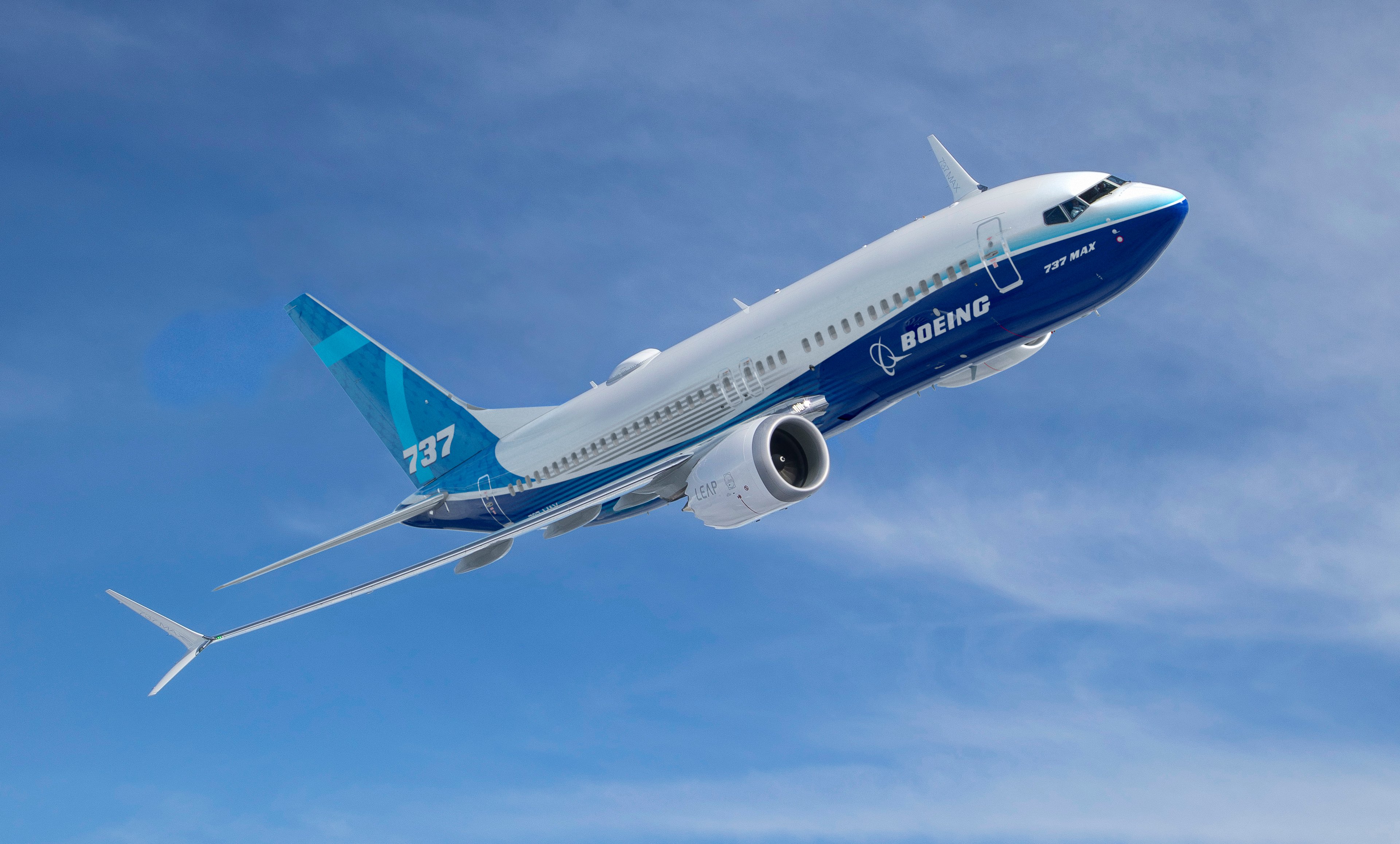The United States Air Force is making its case for a massive expansion that senior officials say is necessary to counter growing threats from technologically advanced superpowers while still protecting the homeland and fighting insurgencies. And while meeting the exact numbers in the time frame given might prove to be impossible, the ambitious plan should create plenty of big-ticket opportunities for defense contractors.
Air Force Secretary Heather Wilson on Sept. 17 laid out the case for growing the service by 24% from a current 312 squadrons to 386 by 2030, shooting for numbers unseen since the end of the Cold War. Wilson said that the specific proposals are based on more than 2,000 models and simulations run over the last six months, and take into account the vast number of tasks Air Force equipment and personnel are required to take on.

Lockheed Martin-built F-22s and F-35s make up the backbone of the U.S. Air Force's fighter fleet. Image source: Lockheed Martin.
The military must "defend the homeland, provide a credible nuclear deterrent, win against a major power while encountering a rogue nation, all while managing violent extremists," Wilson said during a speech at an annual Air Force gathering. "Each of those missions relies heavily on America's Air Force."
A very long shopping list
The Air Force in its presentation did not lay out a request to buy any specific plane, but details about where it feels it needs to grow offer clues about who the top beneficiaries would be. The service would like to add five bomber squadrons to its existing nine, which would imply adding about 60 additional Northrop Grumman-made (NOC +1.68%) B-21 bombers at a unit cost of more than $500 million apiece.
There is also plans to boost refueling squadrons from 40 to 54, a potential addition of more than 150 Boeing (BA +1.80%) KC-46 planes carrying a unit cost of $147 million apiece. Fighters would also see an uptick, with seven additional squadrons proposed over the existing 55. That's upwards of 84 additional planes in an area that lately has been dominated by Lockheed Martin (LMT +1.10%), builder of both the F-22 and the F-35.

Image source: U.S. Air Force, via Twitter.
There is also a need for 22 additional command and control and intelligence squadrons on top of the 40 already in place. That's likely to create an opportunity for a variety of additional aircraft, including several unmanned systems made by Northrop, privately held General Atomics, and others.
The opportunity is not limited to new plane orders. It seems likely that the only way the Air Force will be able to even come close to the squadron levels it is proposing will be to keep older planes in service longer. That's good news for the contractors that manufactured the planes, as well as for spare part vendors including TransDigm, which generates about 30% of total sales from the Pentagon and has a portfolio of proprietary parts.
A healthy dose of skepticism is required
The massive acquisition costs listed above should provide reason to doubt whether the Air Force plan will ever fully be implemented. The added non-equipment expense that would be required could be an even bigger obstacle.
Right now the Air Force spends about $53 billion annually on aircraft operations, training, and recruiting, Todd Harrison, defense budget analyst at the think tank Center for Strategic and International Studies, said on Twitter. Increasing the number of squadrons in the range that Wilson is contemplating would add about $13 billion annually to those operating costs, he estimated.
The expansion would also require thousands of additional pilots at a time when the Air Force is short the number it needs to manage its current force. With commercial airlines, which tend to pay more than the military, also facing pilot shortfalls, the Air Force would have to either dramatically overhaul its wage rates or invest significant additional sums in recruiting and training to come anywhere staffing the bigger targets.
Over time a greater use of unmanned systems could help ease the crunch, with Kratos Defense & Security, among others, developing drones that could be actual warfighters and not just support vehicles. But those technologies are still far from certain, and if they do work as planned will at least initially be deployed to fill existing manpower gaps instead of for expansion.
Buy the trend, not the specifics
Wilson's wish list should be treated as such, and investors shouldn't rush out and buy stocks based on an assumption that the Pentagon will quickly go shopping. Like the White House calls to dramatically expand the U.S. Navy, the amount of equipment added is likely to fall well short of what is requested.
But the Air Force's ambitious agenda is unlikely to be ignored, and lawmakers are generally accommodative toward calls to strengthen the military. The takeaway for investors should be that the Air Force is likely to grow over time, and top contractors to the service including Lockheed, Boeing, and Northrop should benefit.
Shares of Northrop and Lockheed Martin are up 87.12% and 69.55%, respectively, over the past three years on enthusiasm over growing defense budgets. (Boeing, thanks to its high-flying commercial business, is up 170% during that time.) Given the companies all trade at multiples to earnings well above 10-year averages, there's no reason to jump into defense shares based on this Air Force wish list that so far lacks funding.
Wilson's comments should, however, ease concerns that the stocks are overvalued, or could come crashing down if Pentagon spending growth slows. Defense is a long-horizon industry, with contracts playing out over several years. The post-Cold War lull challenged valuations and created fears of a "new normal," but that period is increasingly looking like a blip in the long-term trend toward increased military spending.
The U.S. Air Force, perhaps the most important single customer of Lockheed, Northrop, or even Boeing, has made it clear it expects to spend a lot on equipment over the next decade. Investors, rejoice.






